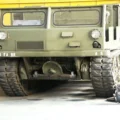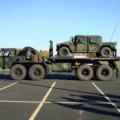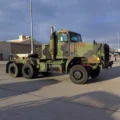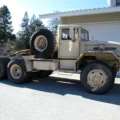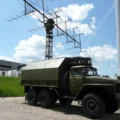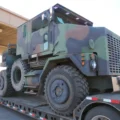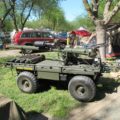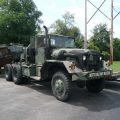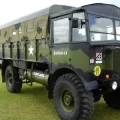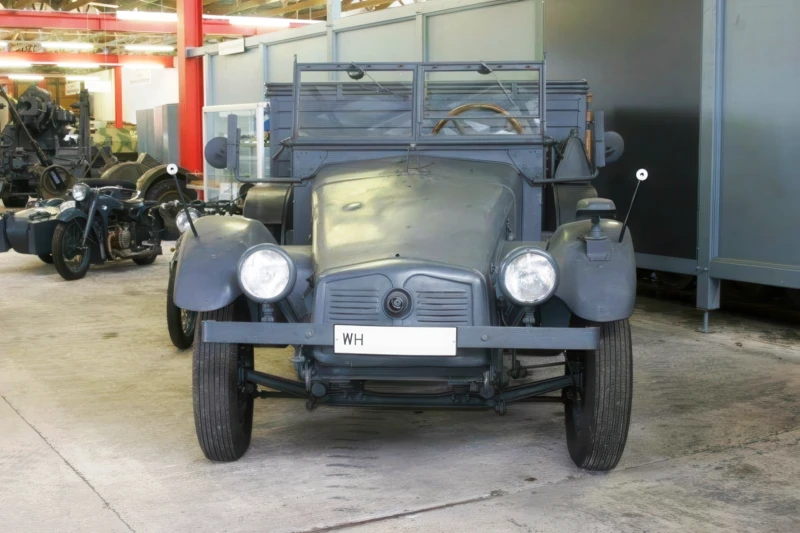
TKrupp Kfz.81 Protze | |
|---|---|
| País | Germnay |
| Papel | Tractor de artillería / Camión utilitario |
| Producido | 1934–1941 |
| Construido | 7000 |
Los L 2 H 43 y L 2 H 143 "Krupp-Protze” (unofficial designation) was a six-wheeled 6×4 German truck and artillery tractor produced between 1934 and 1941 and heavily used in World War II. It was powered by a 4-cylinder, 55 hp or, from 1936, 60 hp Krupp M 304 petrol engine. Its main purpose was to tow artillery, especially the PaK 36, and transport motorized infantry. This vehicle was extensively used on the Eastern Front, during the North African campaign and in France and Sicily. The “Krupp-Protze” was of relatively advanced design. Its fuel consumption was relatively high (24 Litres / 100 km on road) in comparison to the comparable Opel Blitz 1.5 t truck (16.5 liters / 100 km, produced 1938 – 1942). Total production was about 7,000 units.
| Krupp Kfz.81 Protze Walk Around | |
|---|---|
| Photographer | Vladimir Yakubov |
| Localisation | Unknow |
| Photos | 44 |
Ver también:
| Krupp Protze Kfz.70 L2 H43-143 Walk Around | |
|---|---|
| Photographer | Unknow |
| Localisation | Unknow |
| Photos | 23 |
el Krupp Kfz.81 Protze fue un vehículo militar alemán utilizado durante la Segunda Guerra Mundial. Era un camión de seis ruedas con un motor de 60 CV y una capacidad de carga útil de 1,5 toneladas. El Protze se utilizó principalmente como vehículo de transporte y remolque de artillería ligera y cañones antiaéreos. También podía transportar hasta seis soldados en el compartimento trasero.
El Protze tenía una forma distintiva con un capó inclinado y un parabrisas plano. Estaba equipado con un sistema de tracción a las cuatro ruedas y una caja de cambios de rango bajo, lo que le daba un buen rendimiento todoterreno. El Protze se fabricó entre 1933 y 1942, con más de 7.000 unidades construidas. Sirvió en todos los frentes de la guerra, desde Europa hasta África y Rusia. El Protze era fiable y versátil, pero también tenía algunos inconvenientes, como la baja velocidad, el escaso ahorro de combustible y la limitada protección de la tripulación.
Vistas : 4439


